Tracing the Path of 3I/ATLAS: An Interstellar
Visitor Beyond Expectation
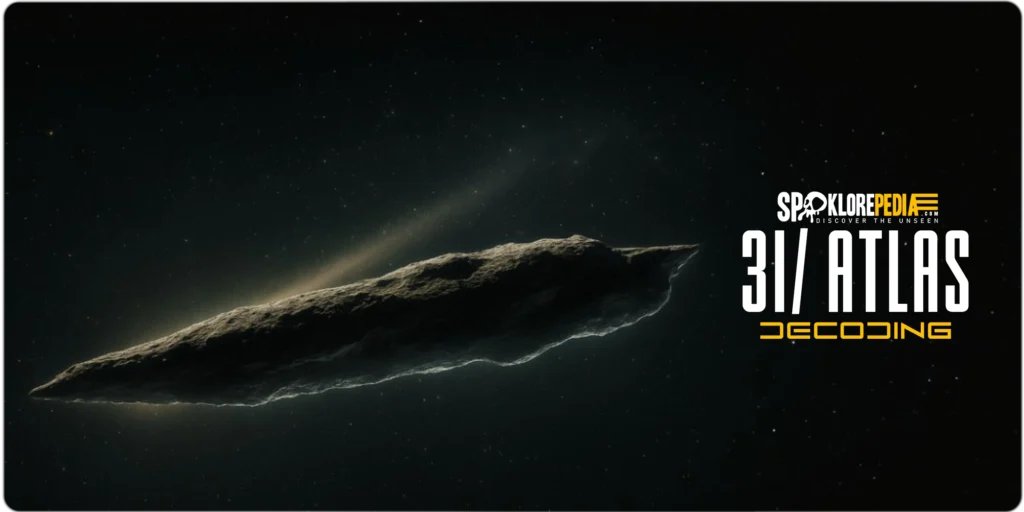
Introduction
The night sky often looks still, but every so often, it surprises us. In 2019, a faint light began moving across the darkness, an object not bound by our Sun’s gravity. Astronomers soon called it 3I/ATLAS, the third known interstellar object to pass through our Solar System. Its arrival sparked quiet wonder, not because it was bright, but because it was different.
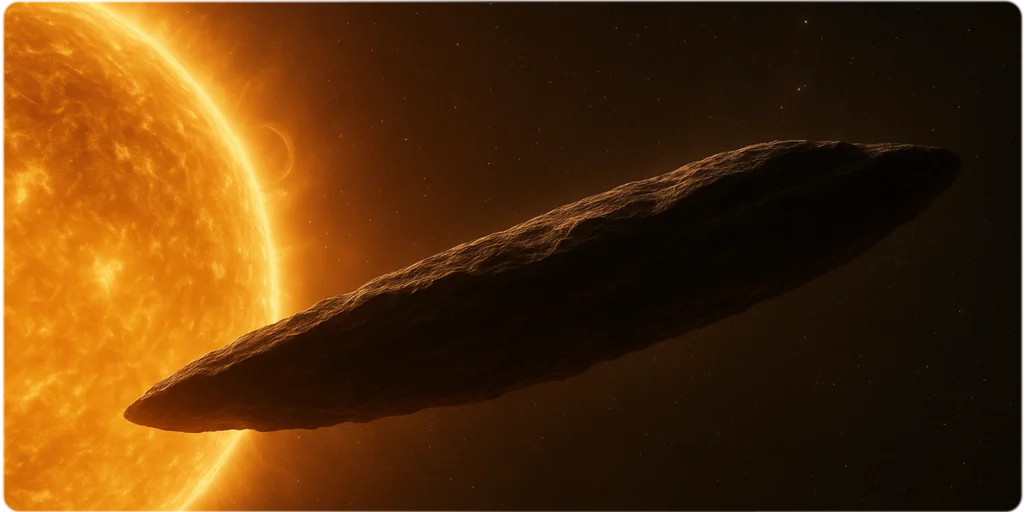
A Journey from Beyond the Sun’s Reach
3I/ATLAS came from a place no telescope had yet mapped. Its path suggested it had drifted between stars for millions of years. When astronomers tracked its orbit, they found it followed a hyperbolic trajectory—a curved path that confirmed it was not born here. Unlike a comet from the Kuiper Belt or the Oort Cloud, it was a traveler from another star system.
The discovery built on two earlier events: the arrival of ‘Oumuamua in 2017 and 2I/Borisov in 2019. Each had crossed our system on open-ended paths, leaving more questions than answers. Yet 3I/ATLAS seemed even more fragile. Observations showed it was disintegrating as it neared the Sun, a reminder of how delicate interstellar visitors can be.

What the 3I/ATLAS Interstellar Object Revealed
Astronomers first noticed 3I/ATLAS through the Asteroid Terrestrial-impact Last Alert System (ATLAS), a sky survey designed to spot potential hazards near Earth. The object was small (Less than 200 meters across). but it told a large story. Its dust and gas trail hinted at icy material, similar to comets we know. Still, its chemistry did not fit neatly into our catalog.
Through spectroscopy, scientists detected unusual carbon compounds. These did not match the familiar signatures of local comets. That small clue mattered. It suggested the 3I/ATLAS interstellar object might have formed under conditions very different from those near our Sun.
Because of its breakup, no spacecraft could study it up close. Yet even distant observations helped refine how we detect and model interstellar bodies. With each new visitor, our view of the galaxy becomes less abstract.

Calm Curiosity About the 3I/ATLAS Alien Hypothesis
Whenever something crosses from deep space, imagination quickly joins the data. Some wondered if 3I/ATLAS could be artificial, perhaps a fragment from a distant civilization. This idea, often called the 3I Atlas alien theory, spread across online forums and podcasts.
Astronomers, however, stayed grounded. They focused on what could be measured. The object’s orbit, light curve, and breakup pattern all fit natural explanations. No sign of propulsion, no radio signal, no metallic structure. While science did not rule out the broader possibility of alien technology in the universe, 3I/ATLAS showed no evidence of it.
Still, the debate revealed something human. When we see something that came from another star, we ask if someone sent it. Curiosity itself becomes part of the story. And that curiosity fuels every new observation project that watches the sky.
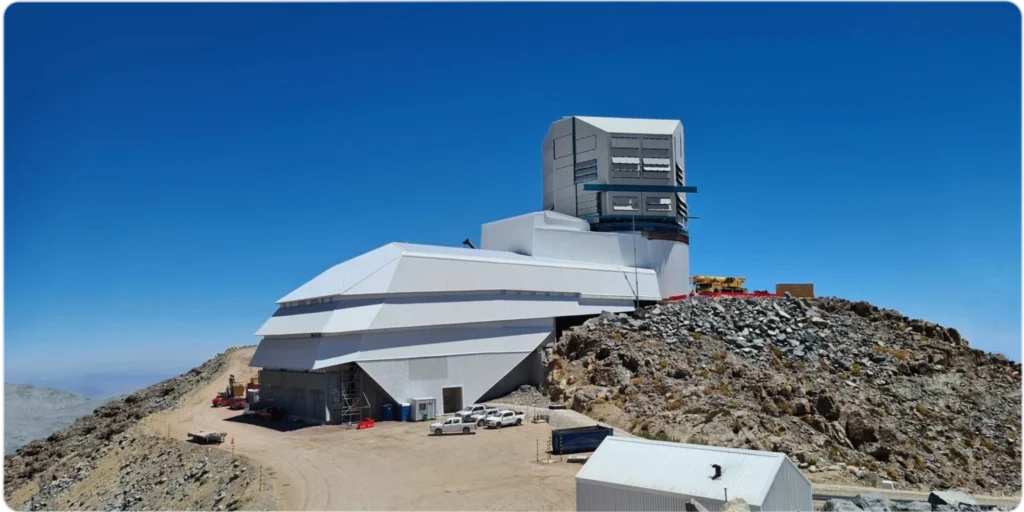
How 3I/ATLAS Changed Interstellar Research
Before 2017, no one had seen an interstellar object enter our Solar System. Now, astronomers expect more. The Vera C. Rubin Observatory will soon begin deep-sky scans that can spot fast-moving visitors weeks before they arrive. Each detection refines the models of stellar formation, planetary ejection, and galactic motion.
The 3I/ATLAS event also changed how scientists think about comet stability. Its disintegration near the Sun suggested a fragile makeup perhaps loose dust held together by frozen gases. Such fragility implies that many interstellar comets may never survive long enough to be seen. The fact that we detected one at all is remarkable.
The event also reinforced how collaborative space science has become. Observatories across continents shared data in near real-time. Amateurs contributed images that professionals later used to check rotation patterns. The blend of global observation and open data turned a brief event into a lasting source of learning.
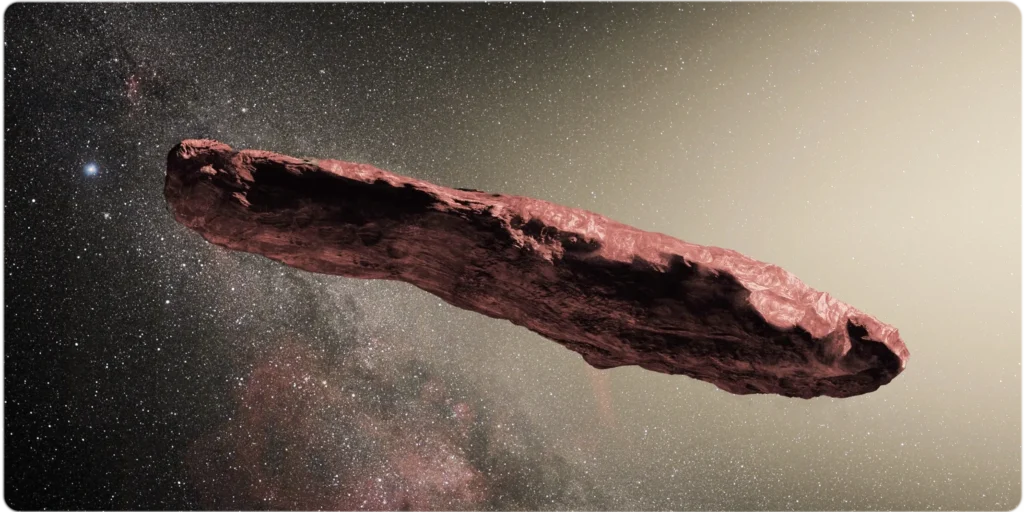
Connecting 3I/ATLAS to the Story of "Oumuamua and Borisov"
Oumuamua moved fast and reflected sunlight strangely, prompting debates about whether it was a rock, an ice fragment, or something engineered. 2I/Borisov looked more like a normal comet, though with signs of distant chemistry. 3I/ATLAS added a third data point, showing that interstellar objects may follow diverse paths but share a fragile nature.
Together, these travelers help map what might drift between stars. Their chemistry and motion hint at how planets form, collide, and scatter material into deep space. The 3I/ATLAS interstellar object, though faint, reminded astronomers that our Solar System is not isolated. It is part of a broader network of matter moving through the galaxy’s quiet currents.

The Scientific Calm Behind the Mystery
Good science often resists fast conclusions. With 3I/ATLAS, every image required careful adjustment. Each brightness change had to be separated from the effect of sunlight or dust. Through this patient process, astronomers built a clearer view of what they had seen.
The object’s fading tail and expanding cloud matched what happens when ices sublimate under heat. No sign pointed to anything artificial. Yet each observation helped refine tools that may one day answer questions about other cosmic visitors. The value of 3I/ATLAS lay not in mystery, but in method.

Lessons for the Next Encounter
Future encounters will likely become more frequent. Thanks to enhanced detection systems and swift communication between observatories, astronomers will track new objects before they disappear into darkness. 3I/ATLAS taught the community the value of acting quickly to gather broad-spectrum data without leaping prematurely toward speculation.
Though unfounded, 3I Atlas alien speculation demonstrated how public curiosity can stir scientific enquiry. Many learned more about orbital mechanics, spectroscopy and comet dynamics through straightforward explanations given during this event – thus turning 3I/ATLAS from just an object into something much bigger: an essential bridge between professionals and members of society alike.

A Calm Look Toward the Stars
Sky travelers like 3I/ATLAS still exist today, ranging in size and brightness but each carrying signs of distant worlds. Scientists approach such discoveries with calm assurance based on evidence rather than excitement.
When the next interstellar object arrives, we will be prepared with sharper instruments, clearer models, and open minds. 3I/ATLAS serves as an important reminder that science advances by studying whatever arrives rather than guessing at what might come.
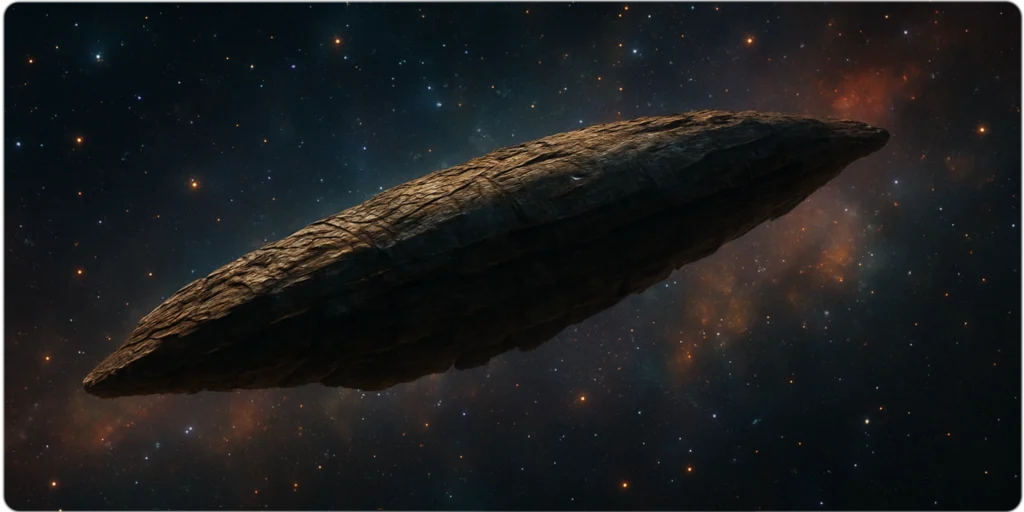
Conclusion
3I/ATLAS is an extraordinary phenomenon: coming and going quickly without leaving behind any trace, yet expanding our understanding of space. Even its brief passage increased our sense of being part of an interconnected cosmos; teaching us that small, fragile travelers have much to teach about connecting worlds via space travel – leaving a legacy which continues to unfold today through pursuit of truth without urgency or hype.
No matter its name – 3I Atlas or simply 3I/ATLAS proves that discovery doesn’t always yell loudest. Sometimes it floats quietly through space before dissipating into darkness once we stop looking closely enough.

